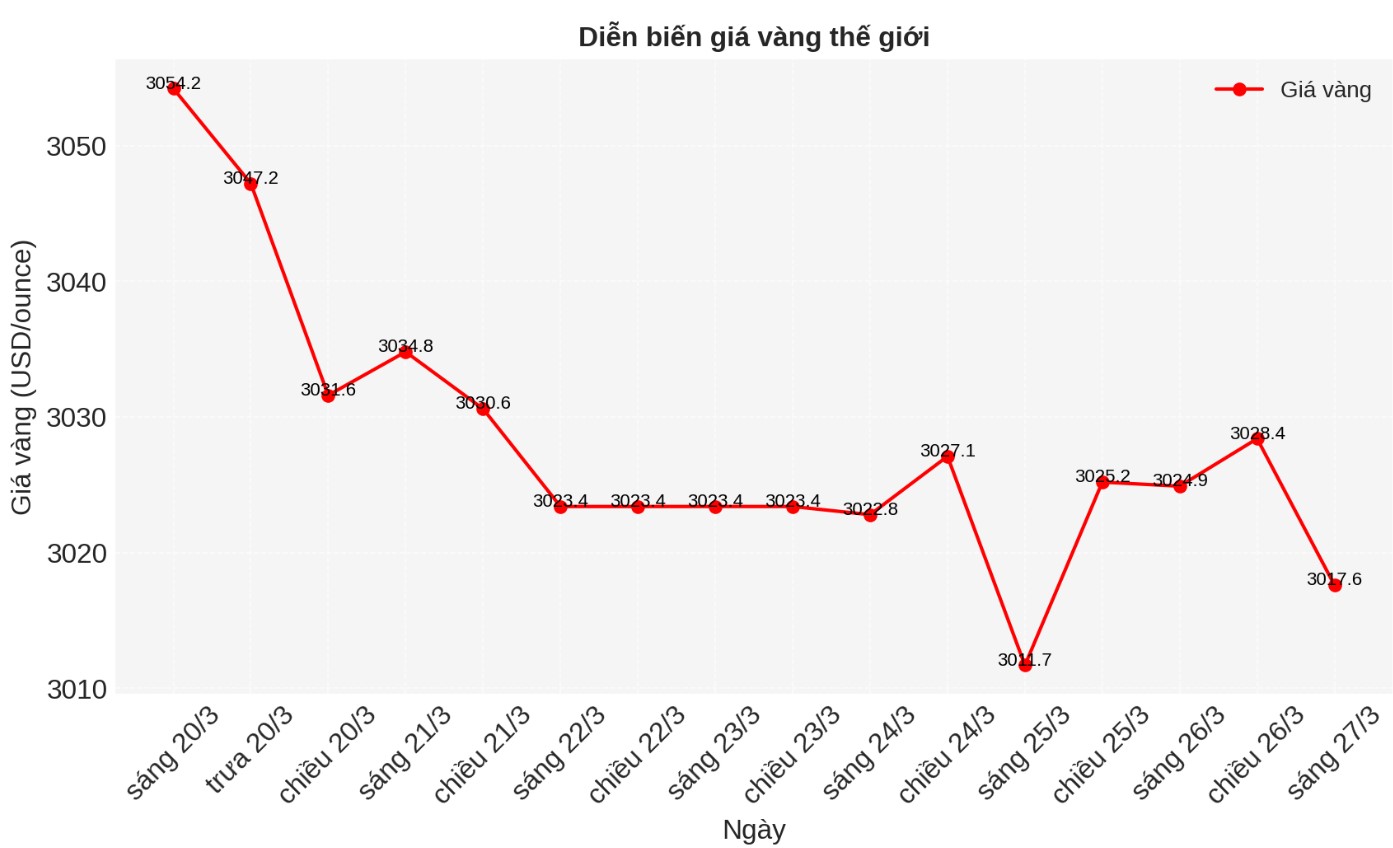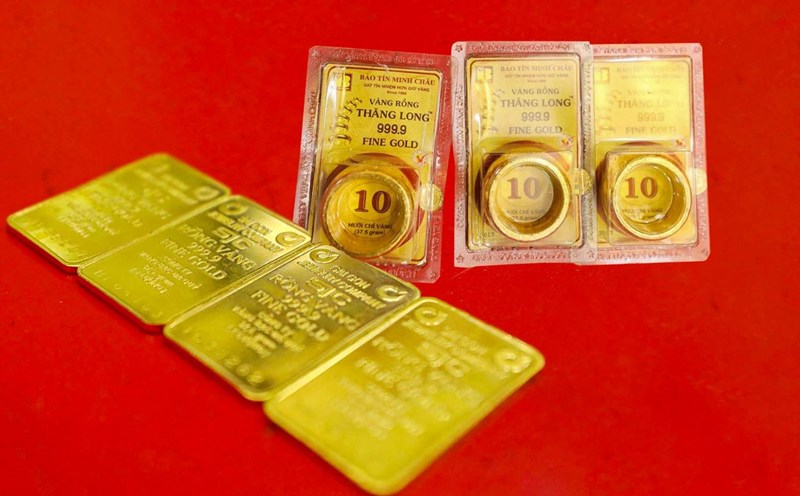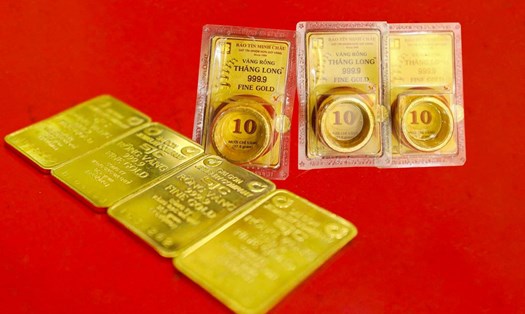Bank of America raises forecast
In the latest commodity report, Bank of America analysts said they expect gold prices to average around $3,063/ounce this year and $3,350/ounce by 2026. This level is much higher than previous forecasts, respectively, at 2,750 USD/ounce and 2,625 USD/ounce.
Analysts also said they see gold prices reaching $3,500 within the next two years.
Last month, Bank of America said that the gold market needs a 10% increase in investment demand to reach 3,500 USD/ounce.
Its a big number, but its not impossible. Where can the demand come from? China's insurance industry could invest 1% of its assets in gold, which is equivalent to about 6% of the gold market per year.
Central banks are currently holding about 10% of their reserves in gold and could increase this figure to more than 30% to make their portfolios more efficient. Finally, retail investors have also increased their access to gold, with assets managed at ETFs with gold supporting physical assets increasing by 4% compared to last year in the US, Europe and Asia," analysts said in the report.

Not only is gold prices surpassing $3,000/ounce, but growing economic instability and adjustments in the US stock market are also causing retail investors to return to the gold market. Bank of America noted that investment demand for gold ETFs has increased by 4% this year.
This is a significant change from the lack of interest in these tools in recent years. However, capital flows are still not enough with the 10% increase in total investment demand needed for gold prices to reach $3,500/ounce, said analysts.
In addition, analysts said that concerns about the strength of the economy and expectations that the US Federal Reserve (FED) will have to cut interest rates more strongly than current forecasts will provide important support for investment demand throughout the rest of the year.
Bank of America also noted that US President Donald Trump's "America First" policies to reduce global trade deficits could prompt central banks to seek investment other than the US dollar.
The US exchange rate may require lower capital flows in the future. If this happens, central banks could reduce their holdings of the US dollar and switch to other assets, with gold benefiting. Analysts believe that central banks continuing to diversify reserves will be a factor driving gold prices in the medium term.

Demand for gold from central banks
Demand for gold from central banks has been an important factor helping gold prices increase to $3,000/ounce. While global reserves have increased significantly over the past three years, Bank of America believes they need to increase further.
Seeing gold as an effective investment portfolio diversification tool, central banks currently have an 11% stake in foreign exchange reserves, up from 5.5% in 2000, so investing in gold has gone a long way, said analysts. However, central banks can diversify further.
Bank of America said that in an average central bank portfolio, the 30% gold ratio will be the optimal and most effective level.
See more news related to gold prices HERE...











